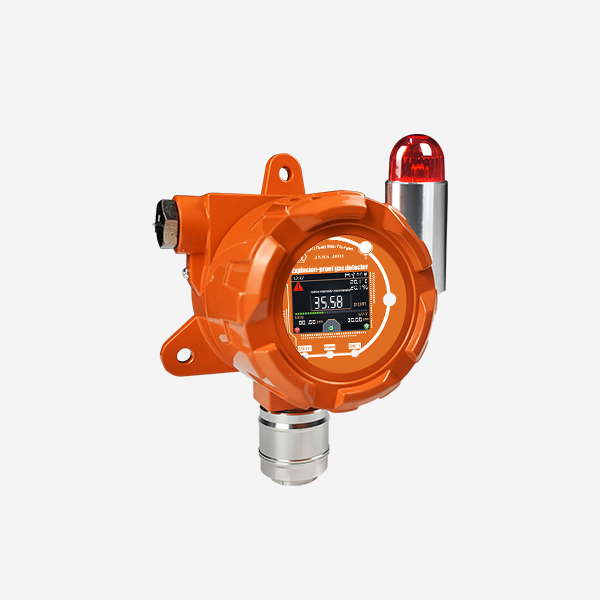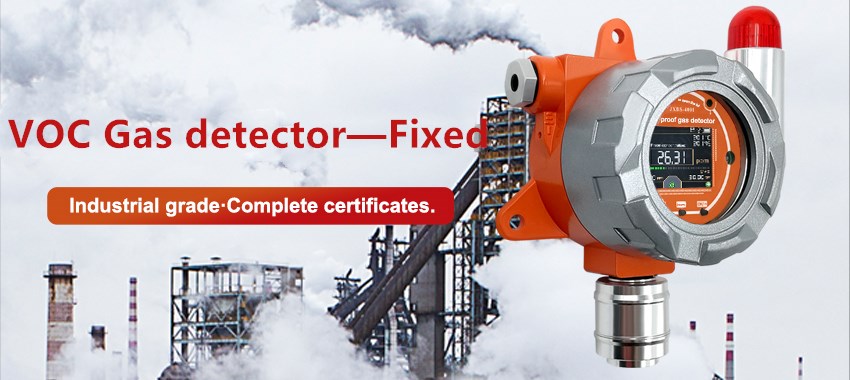As awareness of the importance of indoor air quality continues to grow, the demand for effective monitoring solutions has increased. One such solution is the VOC sensor, a powerful tool that detects and measures volatile organic compounds in indoor environments. In this article, we will explore the significance of VOC sensors and how they are enhancing the monitoring and management of indoor air quality.
What are VOC gases
VOC, or volatile organic compounds, are gases that are emitted from various sources, including building materials, furniture, cleaning products, and even human activities. While some VOCs are harmless, others can have detrimental effects on human health, leading to respiratory problems, allergies, and other illnesses. Thus, the accurate and timely detection of VOCs is crucial for ensuring a safe and healthy indoor environment.
The significance of VOC sensors

VOC sensor detect and measure the presence of VOCs in real-time. These sensors employ advanced technology, such as metal oxide semiconductor, photoionization, or electrochemical detection, to identify and quantify VOC concentrations in the air. By continuously monitoring VOC levels, these sensors provide valuable data for assessing indoor air quality and identifying potential sources of contamination.
One of the primary advantages of VOC sensors is their ability to detect a wide range of volatile organic compounds. Different VOCs have different properties and levels of toxicity, and it is essential to monitor multiple compounds to obtain a complete picture of indoor air quality. VOC sensors can detect various types of compounds, including formaldehyde, benzene, toluene, xylene, and many others, allowing for comprehensive monitoring and analysis.
The real-time monitoring capability of VOC sensors enables prompt and proactive responses to changes in indoor air quality. When VOC levels exceed predefined thresholds, the sensors can trigger alerts or warnings, notifying occupants or facility managers of potential health risks. These timely notifications allow for immediate action to be taken, such as improving ventilation, identifying and eliminating the sources of VOCs, or implementing air purification systems.
Moreover, VOC sensors help in identifying specific sources or activities that contribute to elevated levels of volatile organic compounds. By providing continuous and precise measurements, these sensors enable facility managers and occupants to pinpoint areas or processes that may require attention or modification. This information facilitates targeted interventions and targeted improvements to indoor air quality, creating a safer and healthier environment.
How can they strengthen indoor air quality management

VOC sensor also contribute to energy efficiency by optimizing ventilation systems. Traditional ventilation systems often operate on fixed schedules, which may result in unnecessary energy consumption. With VOC sensors, ventilation systems can be dynamically controlled based on real-time VOC levels, ensuring that fresh air is supplied only when needed. This intelligent and adaptive approach reduces energy waste and enhances energy efficiency without compromising indoor air quality.
In addition to their immediate benefits, VOC sensors also contribute to long-term air quality management. By continuously monitoring and recording VOC measurements over time, these sensors generate valuable data for trend analysis and historical comparison.This data can identify patterns, assess the effectiveness of interventions, and develop strategies to improve air quality over the long term.
Furthermore, We can match the VOC sensor automation system, thus, to realize centralized control and monitoring. This integration enables facility managers to remotely access VOC data, set parameters, and receive real-time alerts, enhancing operational efficiency and simplifying air quality management.
In conclusion, VOC sensors are essential tools for monitoring and managing indoor air quality. These sensors play a crucial role in detecting and quantifying volatile organic compounds, providing real-time data for assessing health risks and identifying potential sources of contamination. By enabling prompt responses and targeted interventions, VOC sensors contribute to creating safe and healthy indoor environments. With their versatility and integration capabilities, VOC sensors are poised to become integral components of modern building automation systems, optimizing energy efficiency and long-term air quality management.
